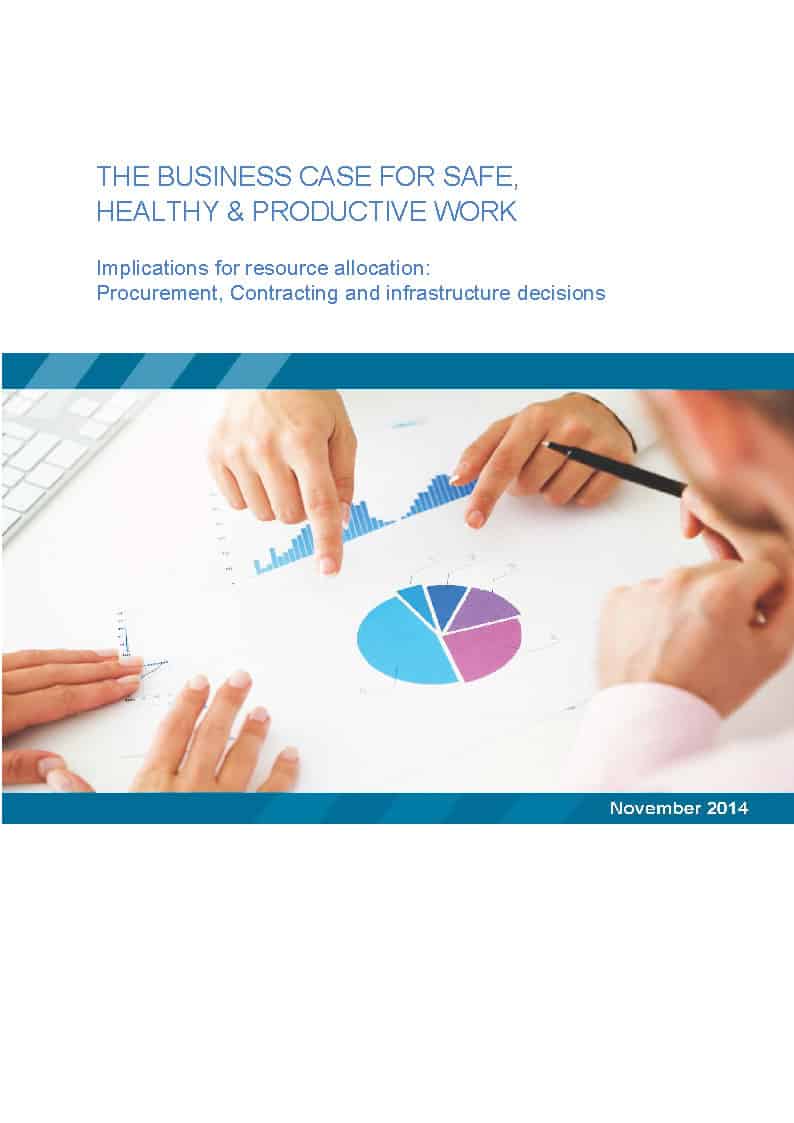The recent article into the review of SafeWorkSA caught the attention of the Your Rights at Night radio program and led to an interview on 9 April 2015. The podcast of that interview is now available online.
Interviews are odd experiences, particularly when they are over the phone. Although there is a reason someone wants to talk with you, you usually do not know the questions beforehand.
For the interview above, I was in the bedroom, away from noises, with printed blog articles, media releases and OHS statistics across the pillows. I thought the spread of information was important to have at hand to make sure the information I provided was accurate but one can still get caught out when the pace of the interview has settled. The last question asked in the interview could have been answered better. Neither of the reviews announced have a fixed end date, regardless of what I said, in fact you can hear the shuffling of papers while I looked for the SA government’s media release. Oh well.



 On 18 March 2015, the Melbourne office of
On 18 March 2015, the Melbourne office of 